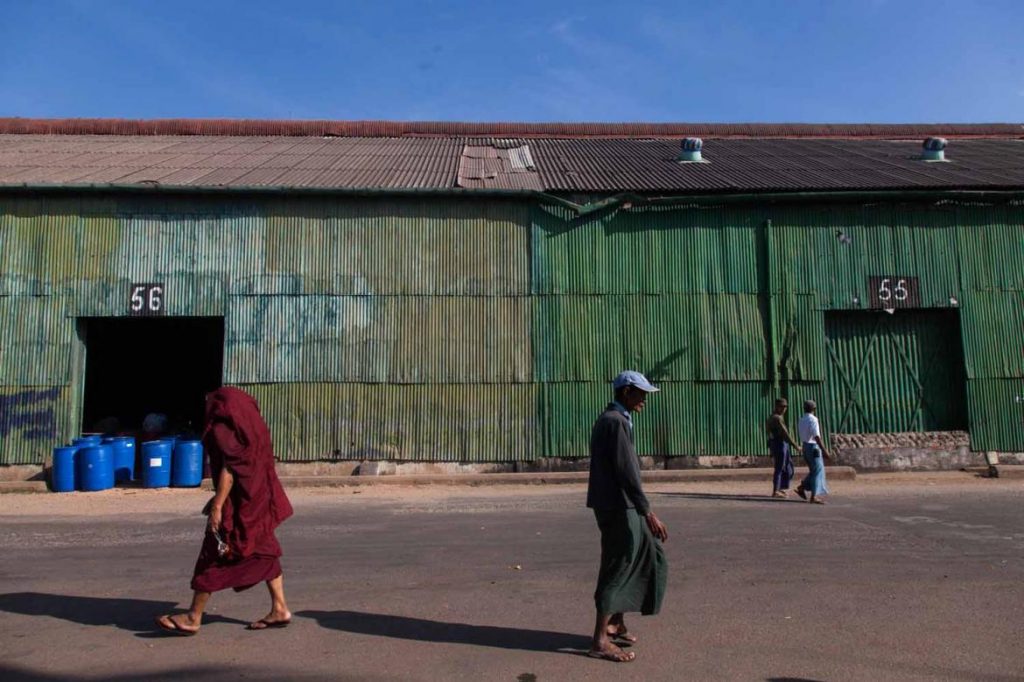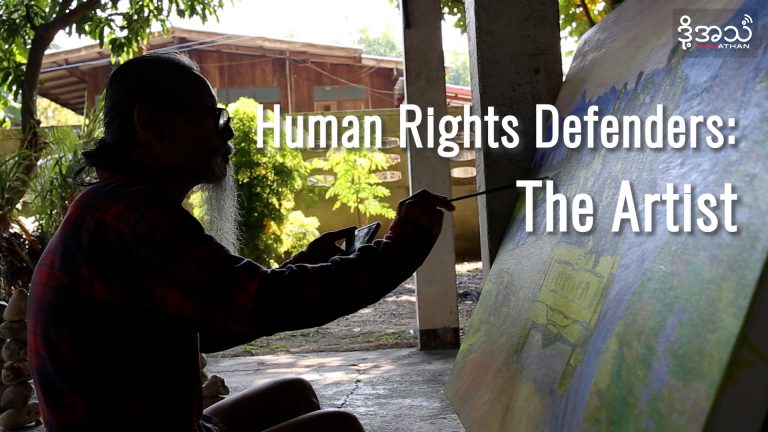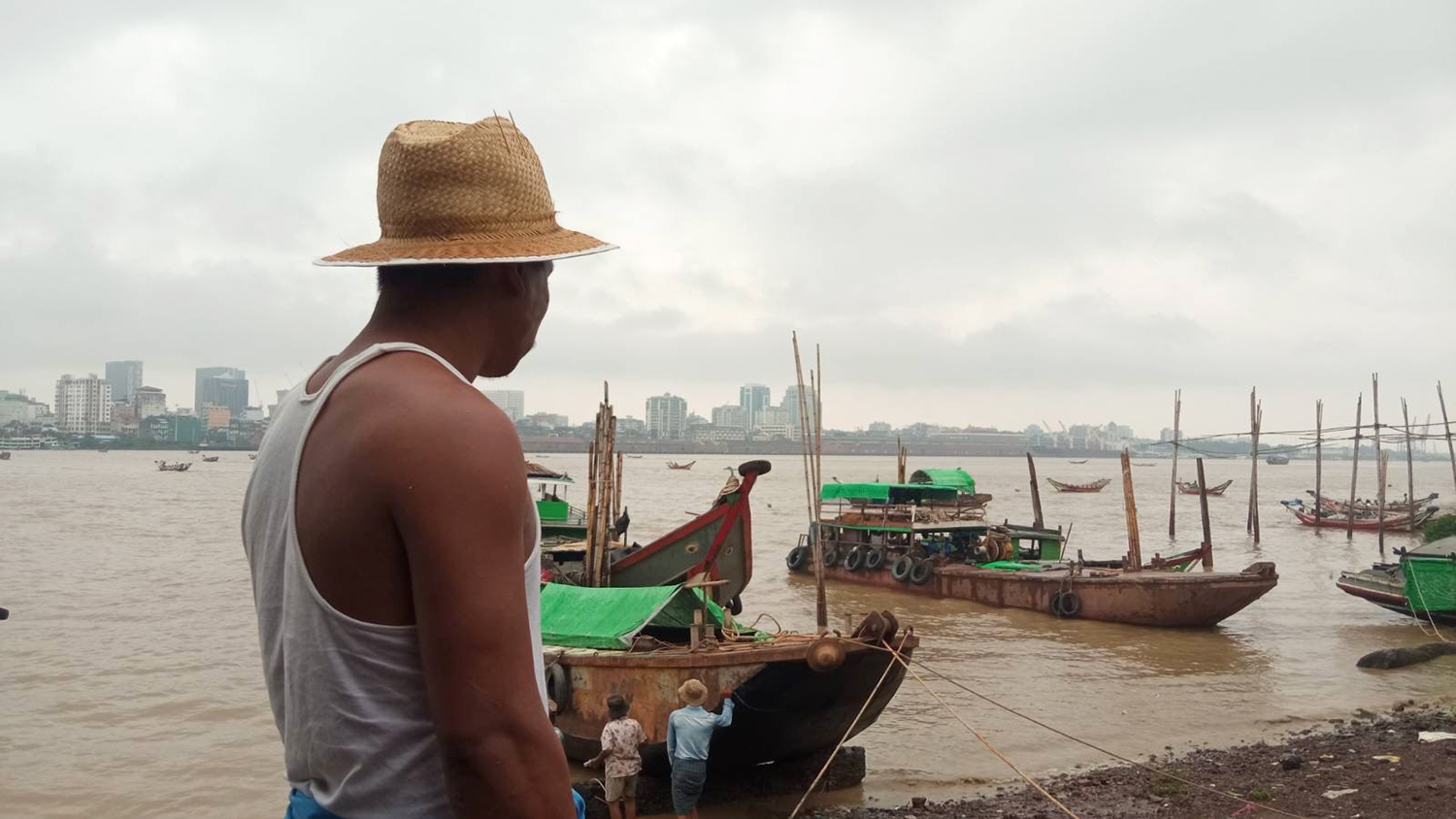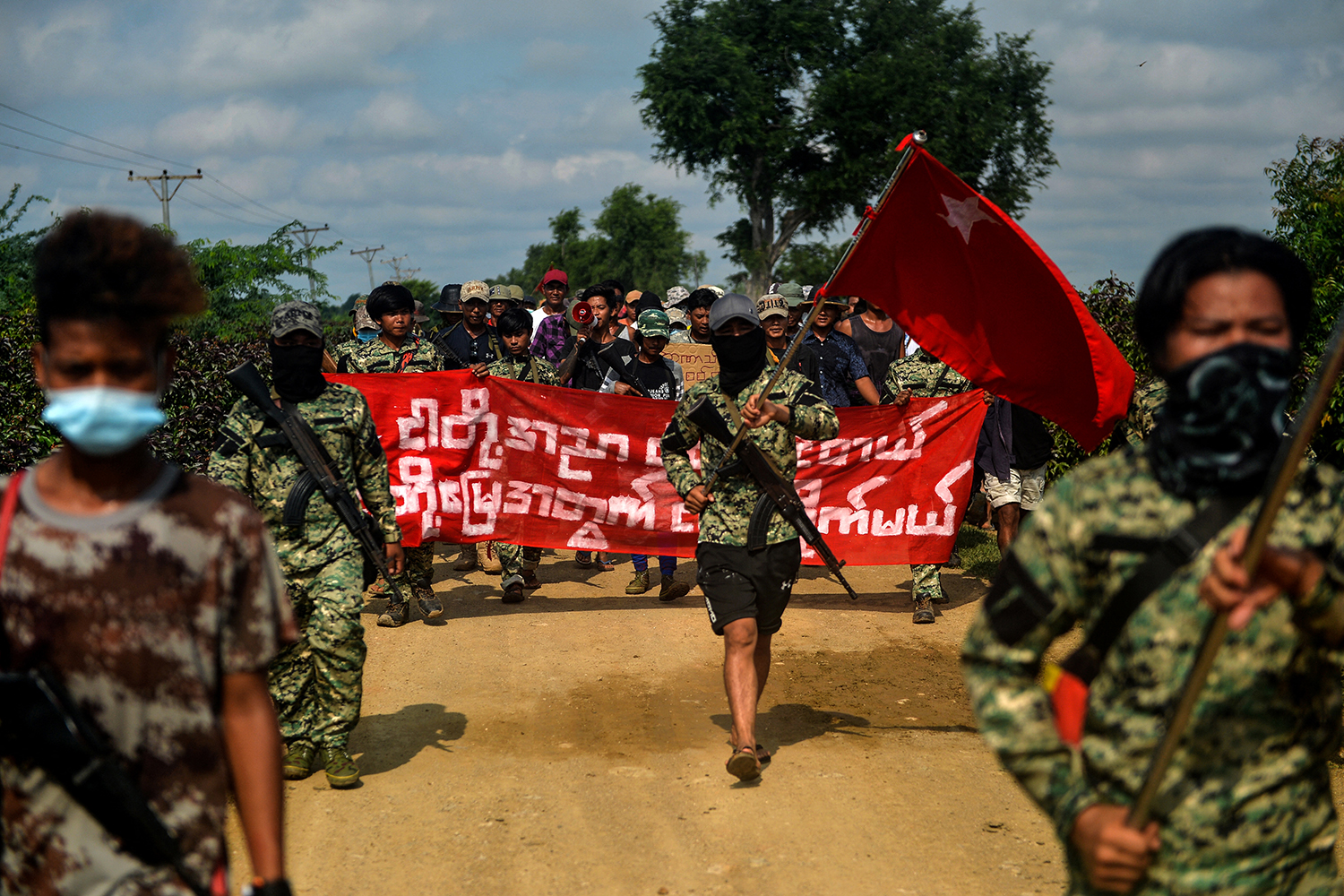The plan to open up a section of Yangon’s industrial riverside area is a once-in-a-generation opportunity to support the country’s long-neglected artistic community.
By NATHALIE JOHNSTON | FRONTIER
LAST MONTH, the Yangon Region Hluttaw announced plans to open up the city’s waterfront between Pansodan Jetty and Chinatown. Groups like Yangon Heritage Trust have long advocated for such a public space, but the decision to grant access to the industrial compound – dotted by large brick warehouses and empty shipping containers – is still a brilliant move.
Better yet, it was said that the warehouse spaces would be devoted to cultural and innovative organisations. Targeting the arts as well as the tech industry would support the development of creative projects in an open and coveted part of the downtown landscape.
Yangon is the cultural capital of the country. If it can create more open spaces for public use and embark on art projects funded by private organizations or even the city itself, then its statute will grow regionally, even globally, as well. It could become both a beacon for tourists and an incubator for creative individuals from Myanmar.
But there are some concerns over how this project will move forward. One Yangonite, a key player in the trendsetting scene of shops and restaurants, said it best: “Public space needs to be public space. Private commercial activities have no space in places that are earmarked for the public. I would like to see the jetty arranged and used meaningfully, and would hope that we can prevent a rerun of the Myanmar Culture Valley.”
Support more independent journalism like this. Sign up to be a Frontier member.
Perhaps the Myanmar Culture Valley, a mall full of restaurants and jade shops directly across from the majestic Shwedagon Pagoda, started with the best of intentions. But in the future, there must be a distinction between culture as commerce and culture for public good.
A municipal official told local media last month that the warehouse project was a potential “second Bogyoke market”. It would be a shame to divide up these warehouses piecemeal into gift shops, as this is not an environment where visual art can thrive.
If Yangon decides to relegate its artists – who are capable of creating monumental works and raising their own funding to create impactful projects – to tiny gallery stalls along the lines of Bogyoke Market, Yangon will never develop into the cultural powerhouse it is surely capable of becoming.
Artists here have said over and over – publicly and privately, in teashops and newspapers, internationally and at home – what they want from a creative space. They want a place they can use to communicate with the public, share studio space, perform and experiment.
Small commercial galleries are numerous and they serve the city and their artists in some ways. But what Yangon really needs is a large space where artists can feel free to create and the public can participate in these acts of creation.
As artist, filmmaker and director Waimar Nyunt commented, “I would appreciate very much to have warehouses… because it is the riverfront, the face of our city, a cultural identification to show to the whole world. Warehouses are ugly things in many conditions but they can turn into impressive art spaces only in artists’ hands. I would love to see site specific pieces along the river bank, it has been my dream for long time.”
For decades, Myanmar’s artists have not been treated with the respect they deserve. They’ve been neglected – through a suffocated art education and lack of funding for institutions that do exist – and oppressed – forbidden from gathering and consistently subjected to censorship board visits.
Despite these constant setbacks, they have enriched the artistic and cultural scene of Yangon and the country more broadly by collectively initiating exhibitions and programs and building a network of international contacts with major museums around the world.
Lokanat Gallery, the oldest art gallery in Myanmar, was founded by a group of artists and a board of directors in 1971. Its operating model remains the same today. New Zero Art Space, Pansodan Gallery and Inya Art Gallery – all are founded and (at least partially) funded by artists.
Is it not time for the government to show their appreciation to groups such as these? If the city authorities do not raise the bar on spaces for artists and the people that support them, it’s unclear who will. Taipei, Singapore, Beijing, London, and Los Angeles have carved out public spaces specifically for artists and worked to rally private sector support.
It is possible to make a large space financially viable. Filmmaker Kriz Channyein offers one of many sustainable options for the visual arts: “I hope to be able to show our film community’s works to an audience, hopefully selling tickets. That will kickstart an art house scene in Myanmar and so much opportunity awaits for artists, curators and event organizers.”
With these reclaimed warehouse spaces near Pansodan Jetty, the city of Yangon and the companies that own the warehouses have a golden opportunity to change the relationship between institution and artist.
Artist Nge Lay has a fundamentally democratic vision to “create art with the public and get a chance to interact, play and create together.” Visitors from all over the world will flock to Yangon to witness these relationships blossom, thus supporting the country’s development.
Yangon must be confident in its re-mapping of these waterfront spaces, and brave in its delineation of them for visual arts, film and performance. Creating a more inclusive planning process with a board of creative professionals working in Yangon would be a good start.
This is a once-in-a-generation chance to create a lasting impact on the city, its citizens, and Myanmar’s place in the cultural fabric of Asia.







